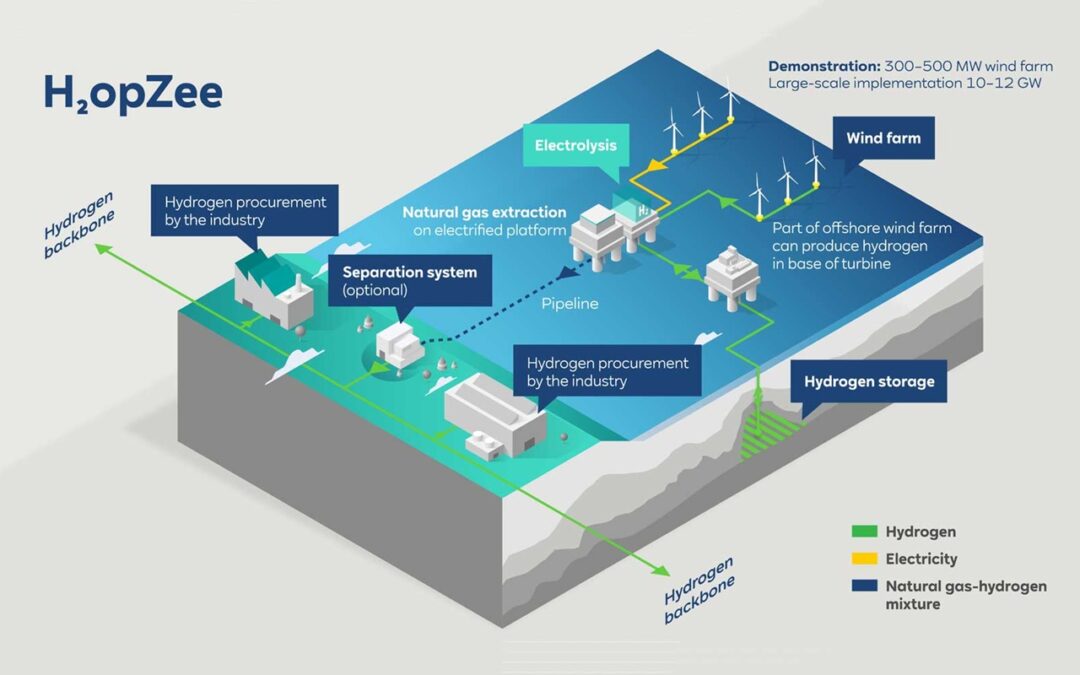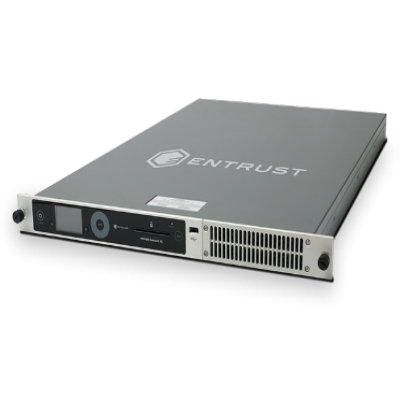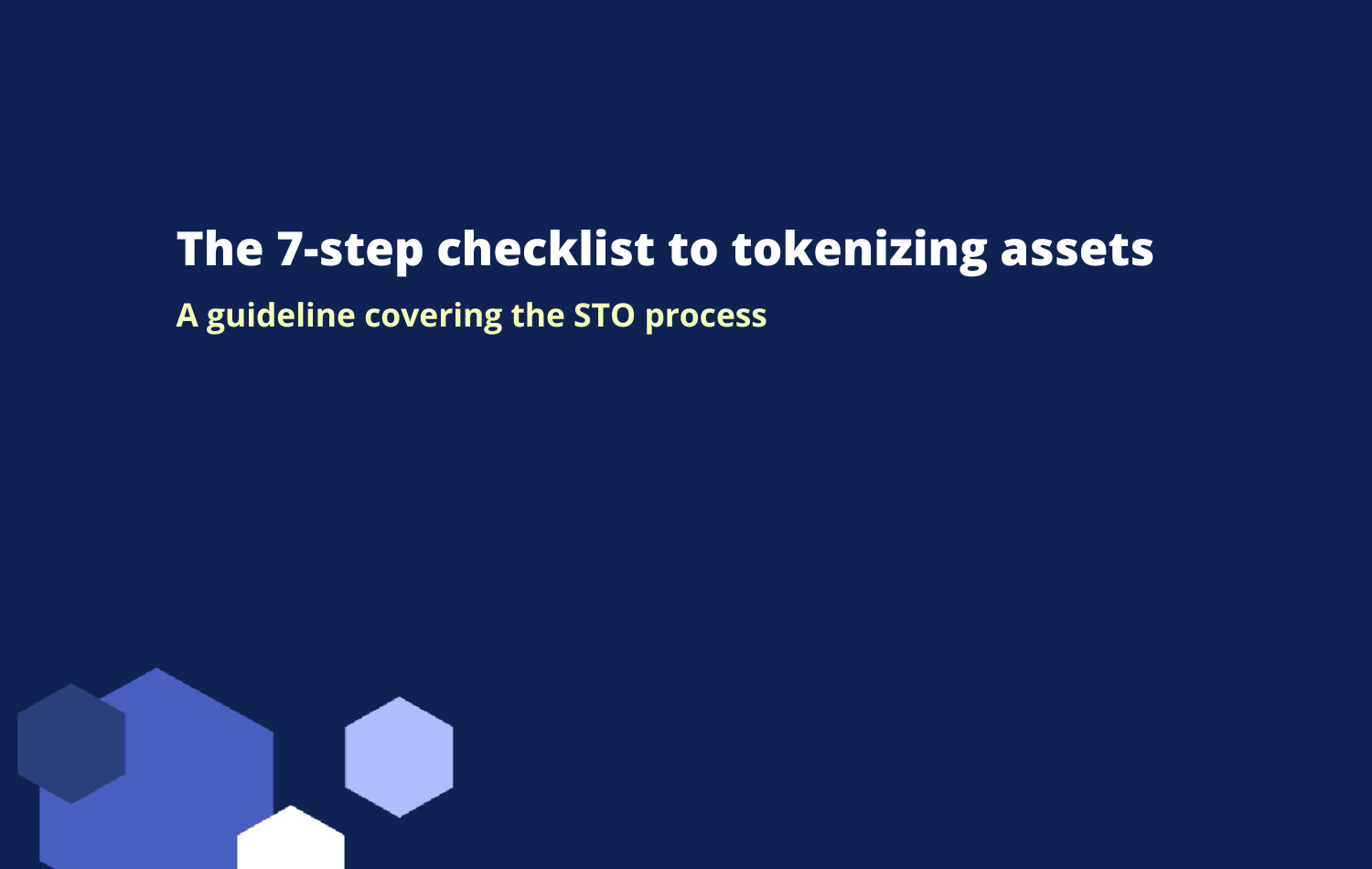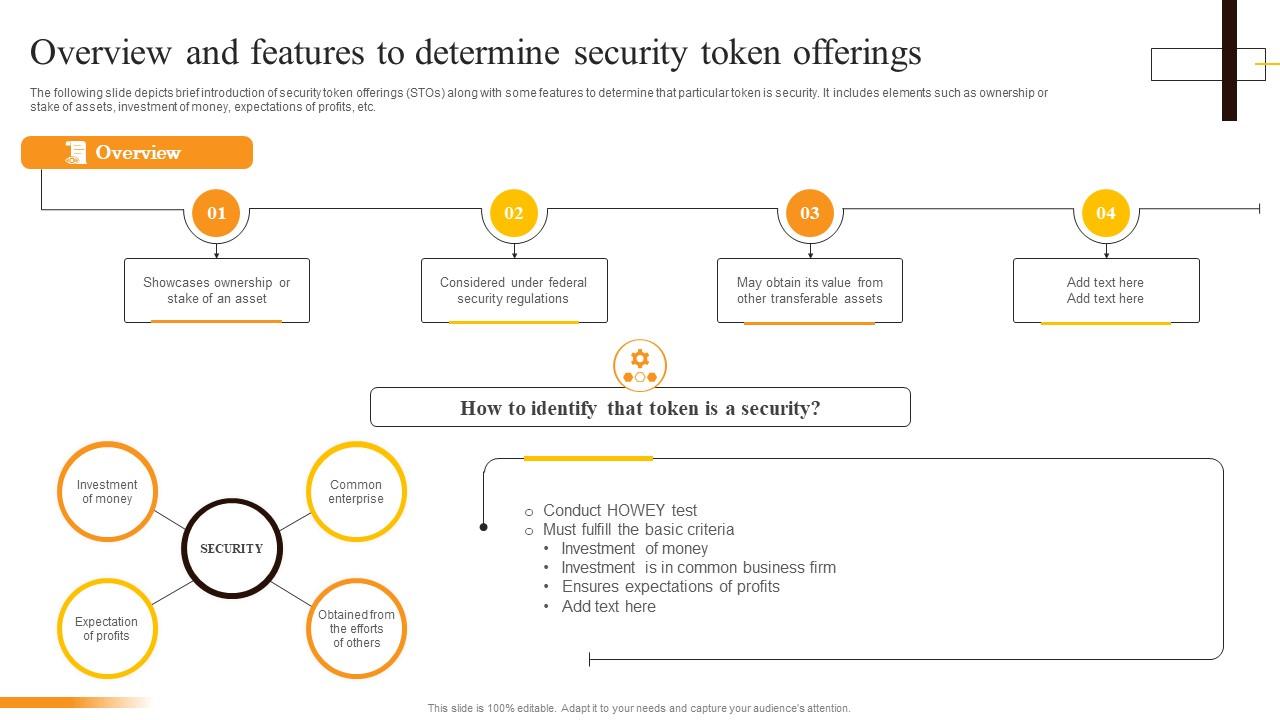
Interwoven Chains: Safeguarding Transactions with Cross-Chain Security
Cross-chain security has become a pivotal consideration in the ever-expanding blockchain landscape. In this article, we explore the importance of cross-chain security and delve into the measures employed to ensure the integrity and safety of transactions across interconnected blockchain networks.
Understanding Cross-Chain Transactions
Cross-chain transactions involve the transfer of assets or data between different blockchain networks. This interoperability is essential for creating a more connected and versatile blockchain ecosystem. However, the security of these transactions is paramount to prevent vulnerabilities and maintain the trustworthiness of interconnected chains.
The Significance of Cross-Chain Security
The significance of cross-chain security cannot be overstated. As blockchain networks strive for increased interoperability, the potential for security risks rises. Malicious actors may attempt to exploit vulnerabilities in the process of transferring assets between chains. Therefore, implementing robust security measures is imperative to safeguard the integrity of cross-chain transactions.
Cryptographic Protocols for Secure Transfers
Cryptographic protocols play a central role in ensuring the security of cross-chain transactions. Utilizing advanced cryptographic techniques, such as zero-knowledge proofs and homomorphic encryption, enhances the confidentiality and integrity of data transferred between interconnected chains. These protocols provide a secure foundation for cross-chain transactions.
Consensus Mechanisms in Cross-Chain Environments
Consensus mechanisms are adapted to suit the challenges of cross-chain transactions. Achieving agreement on the validity of transactions across disparate chains requires innovative consensus solutions. Implementing consensus mechanisms tailored for cross-chain environments ensures the secure and accurate verification of transactions, mitigating the risk of fraudulent activities.
Secure Cross-Chain Communication Channels
Establishing secure communication channels between interconnected chains is fundamental to cross-chain security. Hashed time-locked contracts (HTLCs) and secure oracles are examples of technologies that facilitate secure cross-chain communication. These measures ensure that transactions are executed correctly and that the information exchanged between chains remains confidential.
Interoperability Standards and Compliance
Setting interoperability standards is crucial for secure cross-chain transactions. Compliance with these standards ensures that different blockchain networks can seamlessly communicate and transfer assets. Establishing clear guidelines and standards contributes to a more secure and efficient cross-chain ecosystem, reducing the risk of compatibility issues and potential security breaches.
Cross-Chain Smart Contract Security
Smart contracts facilitate automated and self-executing transactions in cross-chain environments. Ensuring the security of these contracts is paramount. Security audits, conducted by specialized firms, are essential to identify and address vulnerabilities in cross-chain smart contracts. Implementing best practices in smart contract development contributes to a secure cross-chain ecosystem.
Monitoring and Incident Response
Continuous monitoring of cross-chain transactions is vital for early detection of potential security threats. Implementing robust monitoring systems allows for the timely identification of anomalous activities, enabling swift incident response. Proactive measures, including real-time alerts and automated responses, enhance the overall security of cross-chain transactions.
Decentralization and Cross-Chain Security
Maintaining decentralization is a core principle in ensuring cross-chain security. Distributing nodes across different chains reduces the risk of a single point of failure and enhances the overall resilience of the interconnected blockchain network. Decentralization remains a critical factor in preventing unauthorized control over cross-chain transactions.
Educating Stakeholders for Secure Cross-Chain Transactions
Education plays a crucial role in ensuring the secure utilization of cross-chain transactions. Stakeholders, including users, developers, and node operators, should be informed about best practices and security guidelines. User awareness contributes to a more secure and resilient cross-chain ecosystem.
Explore Cross-Chain Security at www.itcertswin.com
For a deeper exploration of cross-chain security measures and their importance, visit www.itcertswin.com. Discover resources, stay updated on blockchain security trends, and gain insights into the evolving landscape of secure and interconnected blockchain networks.
In conclusion, cross-chain security is a critical aspect of fostering a more connected and interoperable blockchain ecosystem. By implementing advanced cryptographic protocols, innovative consensus mechanisms, and adhering to interoperability standards, the blockchain community can ensure the secure transfer of assets and data across interconnected chains, contributing to the broader adoption of cross-chain transactions.





























